Ear Piercing Types – Find Your Perfect Style!
Ear piercings never go out of style. From the pain to expense, from basics to advice, we have it all covered for you!
On Feb 28, 2024 – 13 minutes read
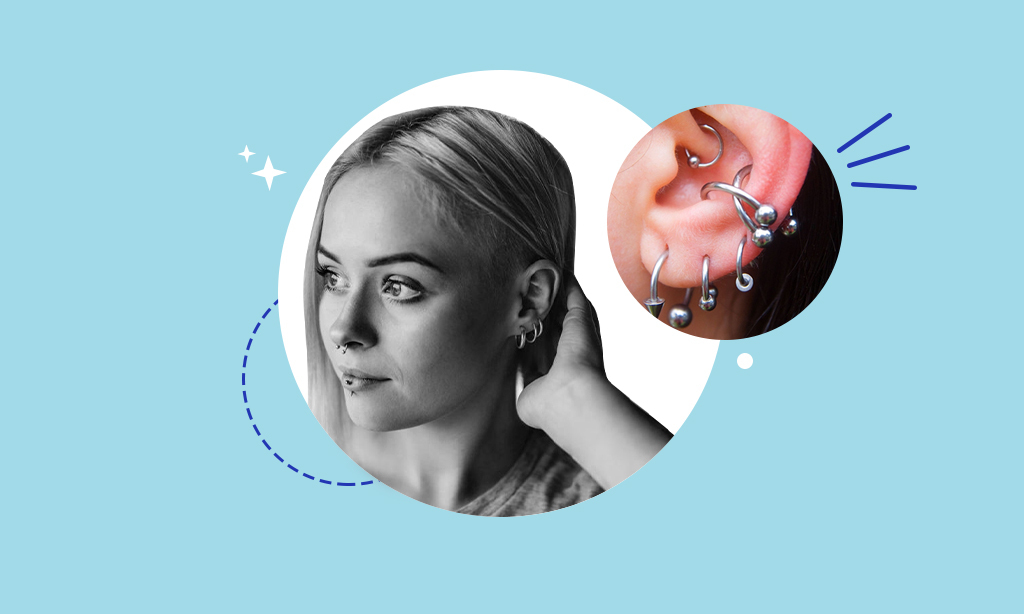
It’s the era of piercings—lip piercing, nose piercing, and eyebrow piercings—all with their unique charm. But there’s something truly special about the trend of curated and stacked ear piercings or earscaping, isn’t there? Minimalistic and delicate, the world can’t get enough of the simple elegance they offer. Whether it’s hoops, Huggies, studs, or ear cuffs crafted from solid gold or sparkling silver, you can mix and match these ear piercing types to create your own personalized look that shines and sparkles in your own unique way!
Ear Piercing Types: The More, The Merrier!

Forget one simple piercing in each ear. From standard lobe piercings to tragus piercings, the types of ear piercings have gotten crazy and creative! Elegant and dainty? Or edgy and bold? With more than one ear piercing types, you can pile up multiple ones for a unique ensemble. Having multiple piercings at various heights on your earlobes is called a stacked lobe piercing. Scroll down to read about the trending piercings you can curate your ears with!
Now, you can choose a location for your ear piercing. But, what are ear piercing types you should be aware of?

- Lobe piercings – standard lobe piercing, upper lobe piercing (High-lobe piercing), vertical piercing, and transverse lobe piercing.
- Outer ear piercings – tragus piercing, forward helix piercing, daith piercing, industrial piercing, helix piercing, and outer conch piercing.
- Inner ear piercings – anti-tragus piercing, rook piercing, inner conch piercing, and snug piercing.
Standard Lobe Piercing

This is the traditional lobe piercing that many of us received as children, and it’s undoubtedly the most popular area for piercing. Located on the lower part of the ear, it tends to be less painful than other piercings because the area is soft and fleshy. Once healed, it becomes the most versatile type of ear piercing.
Pain factor: 1 or 2 out of 10.
Healing period: 1 month.
You’ll need to stick with the same jewelry until after three months of healing time. The size and space of the lobe offer numerous placement options, depending on your preference. While some women opt for multiple lobe piercings, others prefer a single standard lobe piercing.
Upper Lobe Piercing
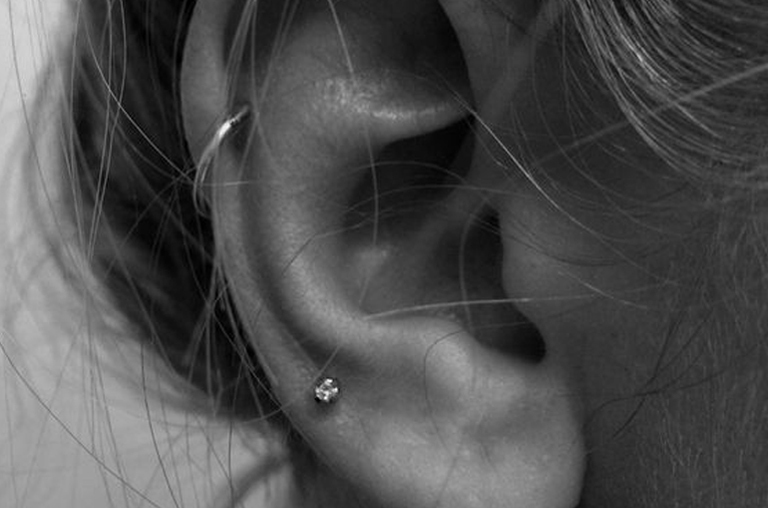
When considering ear piercing options, if you prefer to avoid cartilage piercings, you can opt for multiple piercings on your earlobe(1) instead. As the softest and largest part of the ear, the lobe can accommodate as many as three or four piercings. Upper lobe piercings are perfect for smaller, intricate designs and are positioned above the standard lobe piercing.
Pain factor: 2 or 3 out of 10.
Healing period: 2 months.
You can decorate your earlobes with this type of piercing, neatly aligned in a row with even spacing. Earlobe piercings are relatively easy to heal, although it’s generally recommended not to get multiple piercings all at once. Nonetheless, this remains one of the most popular ear piercings among women of all ages.
Vertical Lobe Piercing

Everyone’s earlobes vary in shape and size. If your earlobe has sufficient space for more than one piercing, you can opt for a vertical lobe piercing, where it appears as though two studs are stacked on top of each other. This was one of the most popular ear piercing types in 2023.
Pain factor: 4 out of 10.
Healing period: 2 months.
Transverse Lobe Piercing

This is a modern take on an old classic and is too pretty. As opposed to the standard lobe piercing where your earlobe is pierced through the front to back, the transverse lobe piercing goes through the skin horizontally.
Pain factor: 5 out of 10.
Healing period: 12 months.
This ear piercing type uses a barbell to run horizontally, which also depends on the shape and size of the earlobe. Even though it doesn’t involve the cartilage and is less painful, it takes much longer to heal. Also, it runs a higher risk of infection.
Warning: Cartilage piercings may get a bubble on the front or back of the piercing. You may try a chamomile tea bag compress for the bubble. It is not a sign of infection.
Tragus Piercing

Enhanced with a delicate stud or a snug hoop, tragus piercings make a striking addition to any carefully curated ear ensemble. Whether worn alone as a single stud or as part of a fully stacked earlobe, they complement a variety of jewelry styles. Due to its thicker cartilage, a tragus piercing is typically considered more painful. If you tend to fidget or have a low pain tolerance, you might want to reconsider getting a tragus piercing.
Pain factor: 6 out of 10.
Healing period: 9 to 12 months.
The tragus is the small flap that partially covers and protects the outer part of your ear canal, making it challenging to pierce. Healing may take longer, especially if you frequently use earbuds during your commute. The constant insertion and removal of earbuds can irritate the piercing, as they block the path. Nevertheless, their popularity is on the rise due to their subtle appearance. It’s highly recommended to clean a tragus piercing twice a day with saline solution.
Forward Helix Piercing

The difference between a standard helix piercing and a forward helix piercing is the placement. A forward helix piercing sits in the outer rim of your ear. To be more precise, it will be at the top of the rim (upper ear curve) just above the tragus.
Pain factor: 5 out of 10.
Healing period: 6 to 10 months.
Many people consider getting multiple (double or triple) forward helix piercings in the same ear, mostly studs, and rarely rings. These are becoming increasingly popular piercings now.
Daith Piercing

A Daith piercing, especially when styled with a hoop, gracefully embraces the cartilage inside your ear. During the procedure, you may experience a dull pressure sensation, so it’s crucial to have an experienced piercer handle it, given its location inside the ear. Despite its minimalistic appearance, it exudes elegance, which explains its growing popularity among those who curate their ear aesthetics. While you have various jewelry options, a hoop is often preferred for its ease of healing and cleaning.
Pain factor: 6 out of 10.
Healing period: 6 to 9 months.
Opt for a small hoop or delicate pair of studs, ensuring they’re not too heavy. Naturally, we advise against sleeping on the piercing until it’s fully healed. However, it’s not uncommon for individuals to sleep on a Daith piercing within a couple of months after getting it, unlike other outer-ear piercings. Additionally, there’s speculation that a Daith piercing may provide relief from severe migraines or headaches, although there’s no evidence to support this claim, of course.
Industrial Piercing

Also known as a scaffold, industrial piercing is the double perforation of the upper ear cartilage with a straight cut arrow or bar connecting one cartilage piercing to the other. Each end is affixed with a tiny ball closure to keep the bar in place. The most popular kind is piercing through the forward helix and helix.
Pain factor: 7 out of 10.
Healing period: 9 to 12 months.
One appalling and dreadful negative point of this type of piercing is that it takes 9 to 12 months to heal since it includes two piercings. Not to mention the tedious aftercare, such as being extremely careful of hair and glasses resting on this, and sleeping on it is a big no-no. Although it is the most unique and fancy piercing in the market, industrial piercing is the most irritating one as well. And it is going to stay that way.
Helix Piercing (Auricle Piercing)

For many, helix piercings are the go-to option when transitioning from the lobe. They’re positioned along the upper outer cartilage rim of the ear, usually toward the edge or middle, offering ample room for experimentation with multiple piercings on one ear. While the sensation may briefly resemble a burst of heat, it quickly dissipates, as these piercings are typically performed using a small needle.
Pain factor: 4 out of 10.
Healing period: 6 to 9 months.
Double helix piercing is referred to when two piercings are placed one under the other in this area. With spunky helix piercings, you may notice either a barbell or classic hoop. It is versatile and stylish as well, especially with multiple piercings around the rim of the ear.
Outer Conch Piercing/Orbital Piercing

Named for its similarity to a spiral shell, the conch refers to the central portion of the ear’s cartilage. The outer conch is the hollow before the ear canal, located beneath the inner conch.
Pain factor: 7 out of 10.
Healing period: 3 to 9 months.
The outer conch piercing sits in the middle area in the cupped area outside of your ear canal. Many women choose to wear a hoop or a cuff that hugs the outer edge of the ear.
Anti Tragus Piercing

Unlike the name suggests, anti-tragus piercing is not different from tragus. Except for the location. It is a type of cartilage piercing done slightly above the lobe and opposite of your tragus. Depending on your pain threshold, this is fairly less painful since it is closer to the soft part of your ear.
Pain factor: 6 or 7 out of 10.
Healing period: 6 to 8 months.
Rook Piercing

A rook piercing sits near the inner ridge of the ear cartilage, above the daith, and parallel to the outer rim of the ear. It is quite alluring especially with a hoop, although a bar is highly recommended for the initial healing period.
Pain factor: 8 out of 10.
Healing period: anywhere from 3 to 10 months.
As one of the most unique and distinctive inner ear piercings, it doesn’t pierce as easily as the lobe. Therefore, you might experience a sharp pain and pressure, followed by throbbing, as it’s piercing through a fold of cartilage.
Inner Conch Piercing

The conch or inner conch piercing can vary in subtlety or prominence based on the jewelry you select. In this type of piercing, the hole is made in the inner part of the ear. Because it’s positioned at the center of the dip in your inner ear, opting for larger jewelry is recommended if you want it to stand out. A gemstone, a gold cuff, or hoop would make a better choice than something small.
Pain factor: 7 out of 10.
Healing: 6 to 12 months.
Snug Piercing
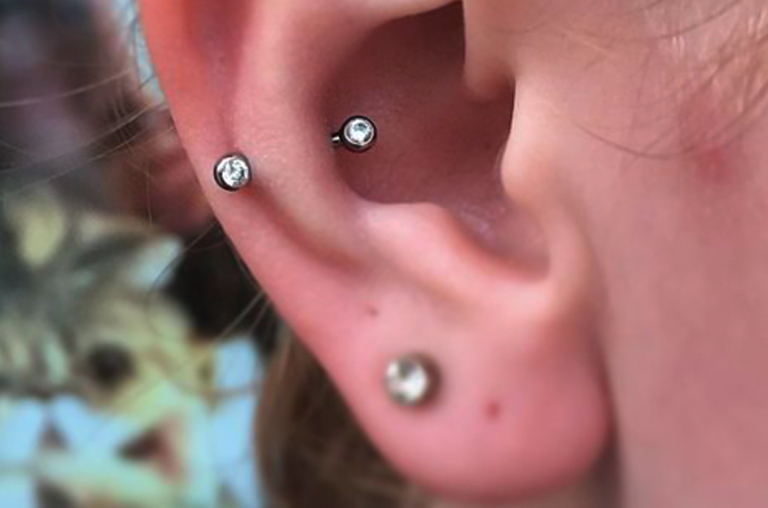
A snug piercing offers an edgy look, adding to the variety of inner cartilage piercing options. Positioned horizontally near the center of the ear, between the helix and just above the anti-tragus, it’s truly unique. Due to its shallow placement, you can adorn your ear with small jewelry, like a petite hoop. However, it may not be suitable for everyone.
Pain factor: 8 out of 10.
Healing period: 8 to 12 months.
These labeled ear piercings above are your available choices to embellish your ears. Each of these is popular piercings and while some may be suitable for everyone, some are not. Because ear-piercing depends on the size and shape of your ear. So, talking to your piercer is essential to choose the right one for your ears. Before you go to the piercing parlour, you need to know a few answers beforehand.
Before You Get Your Ears Pierced
To know the ins and outs of ear piercing, read the below answers to the frequently asked questions regarding ear piercings.
- Leave ear piercing to professional piercing specialists.
- Using a piercing needle is preferable to a piercing gun. A gun essentially punches a blunt object through your ear at high impact, causing throbbing pain, whereas needles are single-use and sterile, resulting in comparatively less discomfort.
- To minimize pain during ear piercing, consider avoiding it during your menstrual cycle, as you may be more sensitive to pain. Eat a meal one or two hours beforehand. Some piercers also utilize yoga breathing techniques to promote relaxation during the process.
- To reduce the risk of metal allergies, avoid silver piercings, as they can oxidize and increase the likelihood of infection or allergic reaction. Consult your piercer to ensure they use metals that are nickel-free or have low nickel content, such as implant-grade titanium, commonly used in surgical procedures.
- If your piercing becomes infected, refrain from removing the jewelry immediately, as this could trap the infection in your ear. Instead, avoid touching it, regularly change pillowcases and towels, and refrain from swimming in public pools for a while. Use appropriate aftercare products, such as pre-made saline solution, to prevent infection from being trapped. If the infection persists after four days, seek advice from a healthcare professional.
Is Ear Piercing Painful?
This is the dreaded and often-asked question before getting your ears pierced. Anyone who told you that ear piercing isn’t painful might have been stretching the truth a bit. Because yes, it can be painful — sharp and fleeting. The pain of ear piercing is subjective and depends on your sensitivity and tolerance level. What might be painless for your best friend could be uncomfortable for you, as pain thresholds vary greatly.
That said, different types of ear piercings result in varying levels of discomfort. If your pain tolerance is low, you can opt for spots that are less painful. If you’re averse to needles or wish to minimize pain, or if your body takes longer to heal, there are certain types of ear piercings you may want to avoid.
Stick with easier spots and opt for the least painful ear piercings, like the lobe, initially. Once you’re comfortable with your pain tolerance and have ensured there are no allergic reactions, you can consider getting other areas pierced.
Pain Levels Of Ear Piercing Types
The pain chart provided below can assist you in identifying the most and least painful ear piercings and in deciding which type of ear piercing you’d like to get.
Typically, traditional piercings on earlobes are the least painful, while piercings on cartilage are often considered to be the most painful. With lobe piercings, you shouldn’t feel more than a pinch when the needle goes through. Conversely, with cartilage piercings, you may initially experience a sharp shock before it evolves into a throbbing and duller pain.

However, not all cartilage piercings result in the same level of pain. Upper cartilage piercings, such as the helix, are generally considered less painful than conch and other inner ear piercings due to their denser tissue. Nevertheless, any cartilage piercing may cause discomfort for up to a week after the piercing as inflammation subsides.
The extended healing time is due to the limited blood flow in this area of the ear. Additionally, creating a wound in the ear with a cartilage piercing means a longer healing process, typically around three months, which increases the risk of infection and pain.
While the location of the piercing is crucial, the experience of the piercer also plays a significant role in the level of pain during the process. Opting for an experienced professional can significantly smooth the process. Moreover, it’s advisable to use piercing needles instead of piercing guns and find ways to distract yourself during the procedure—listen to music or engage in conversation with a friend.
What Does an Ear Piercing Cost?
The cost of ear piercing types can vary depending on factors such as the location, type of piercing, the choice of jewelry, and the salon. On average, basic earlobe piercings may range from $20 to $80, whereas more intricate piercings like cartilage or helix piercings can range from $30 to $90.
General Aftercare Tips For All Ear Piercing Types
To minimize the risk of infection(2), irritation, or prolonging the healing process, it’s essential to understand the proper care for your piercings. Always adhere to the instructions provided by your piercer for post-care. Here are some key aftercare tips(3) you don’t want to miss:
- Avoid sleeping on your newly pierced ear.
- Do not rotate, twist, or turn any of your ear piercings.
- Clean them with pre-made saline solutions once or twice a day.
- Stay away from baths, hot tubs, pools, and other bodies of water for six to eight weeks after getting pierced.
- Avoid using soap, bactine, Neosporin, peroxide, and rubbing alcohol.
- Keep harsh chemicals away from your new piercings.

Subscribe to Newsletter
Elevate your routine, stay on trend, and embrace a personalized beauty journey with our curated insights.
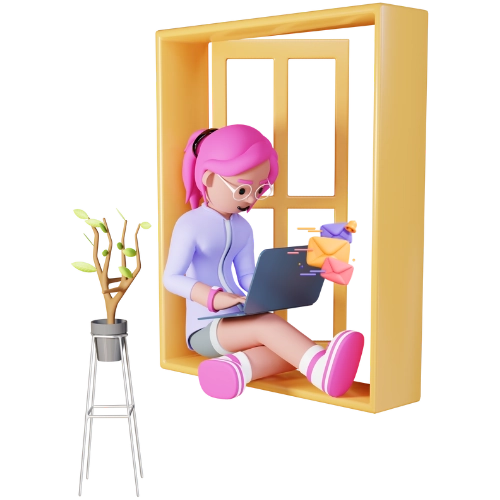
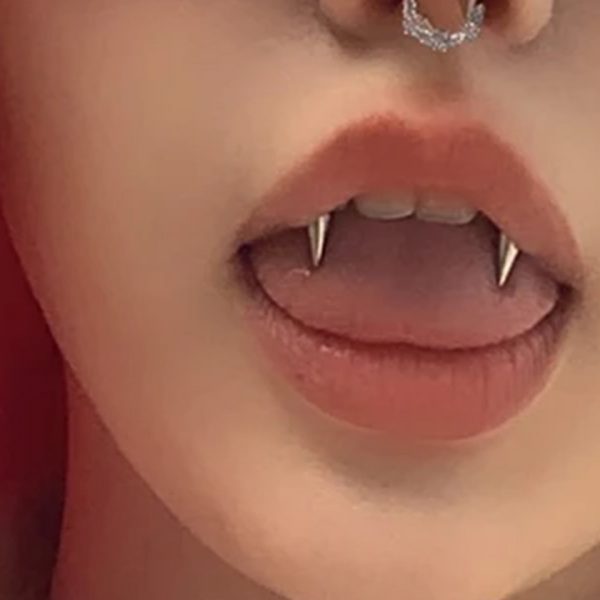
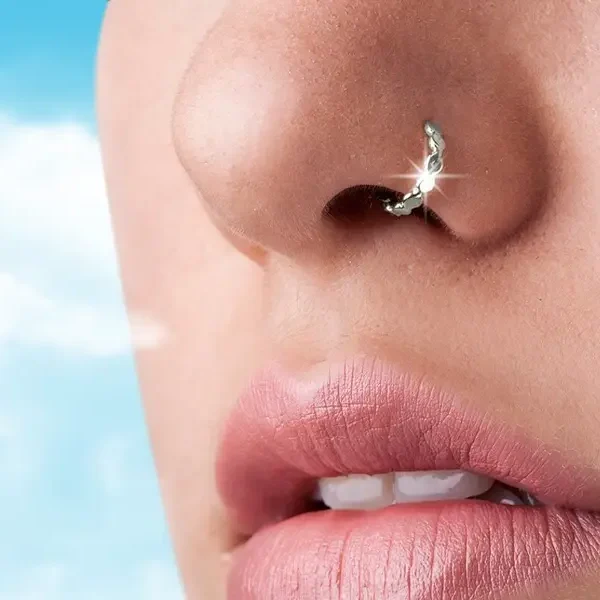

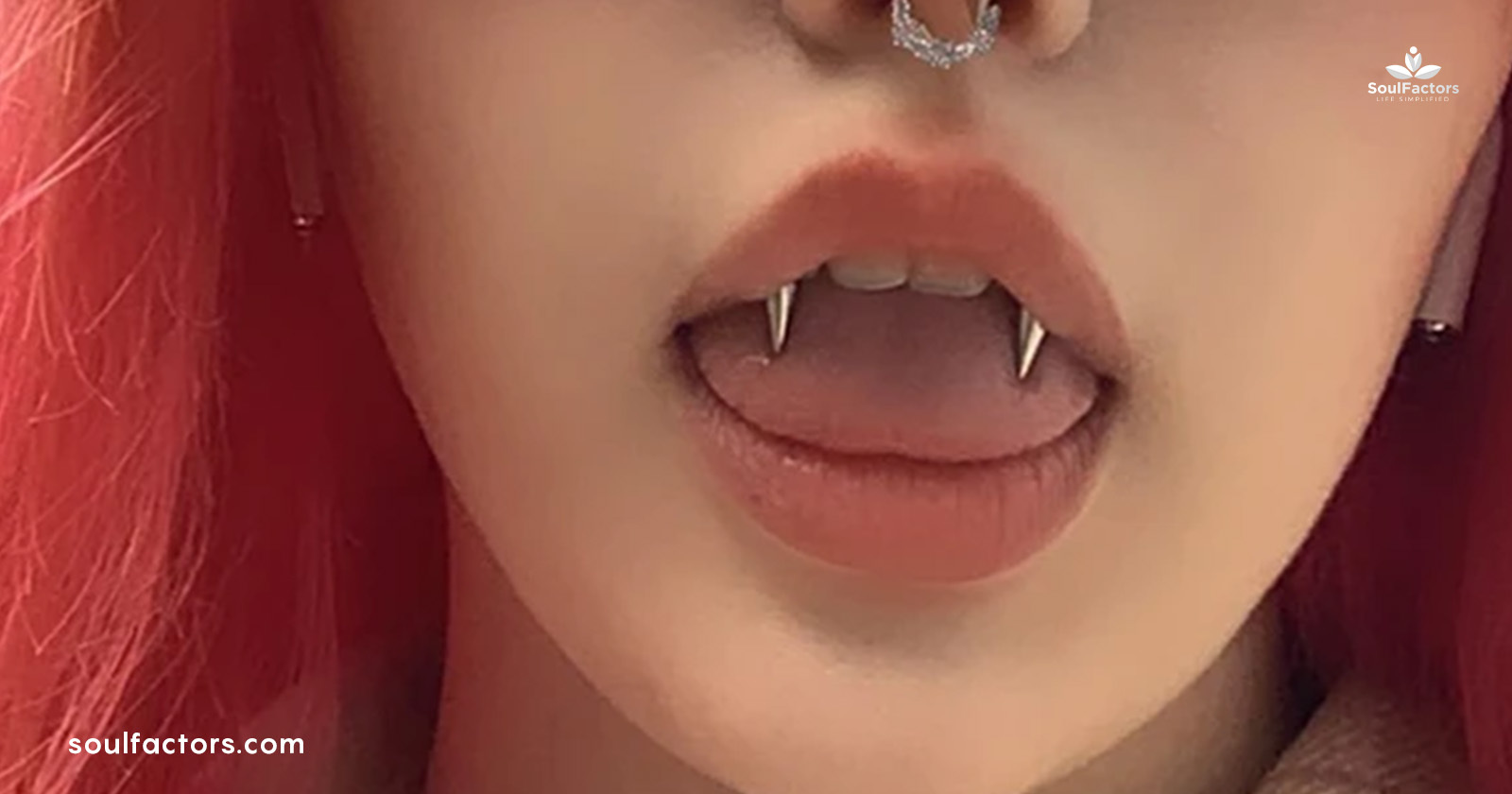
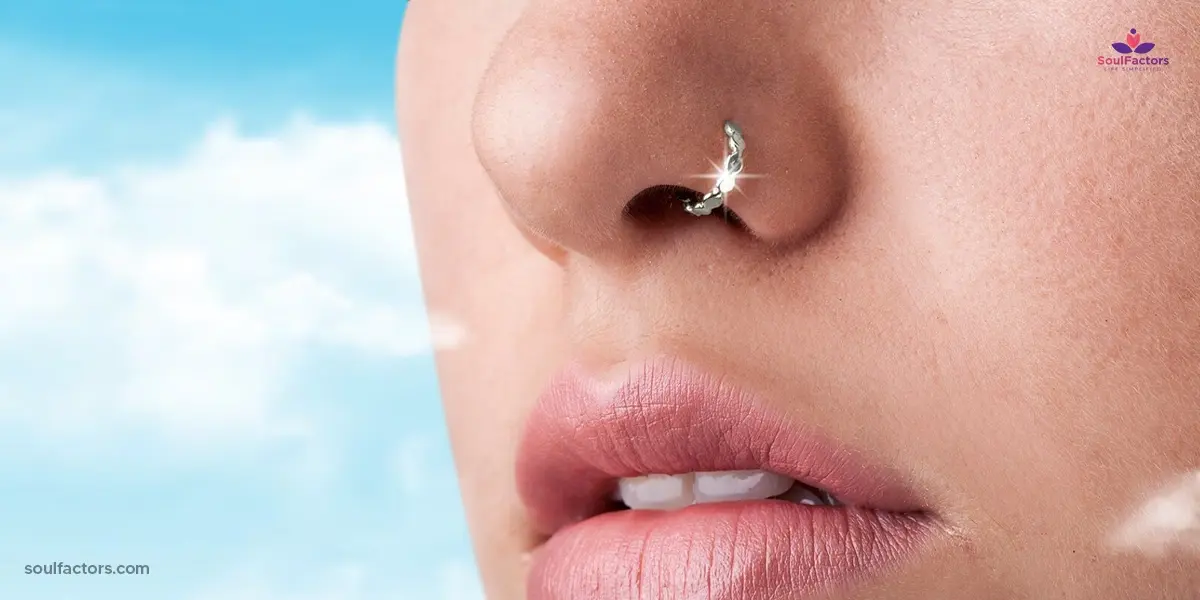
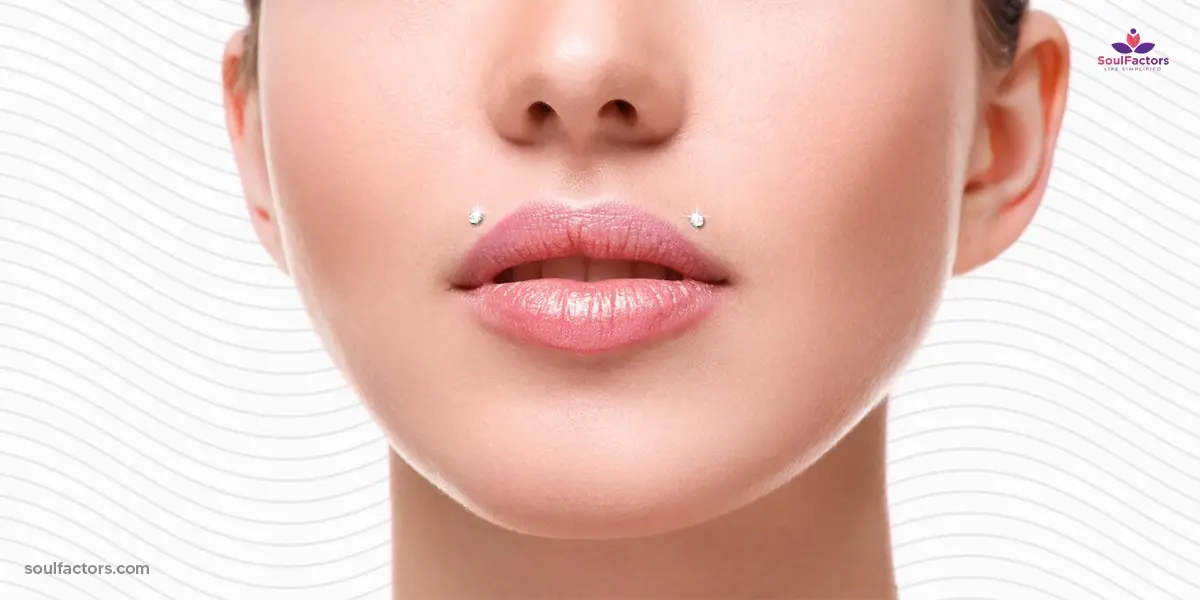
Write a Comment